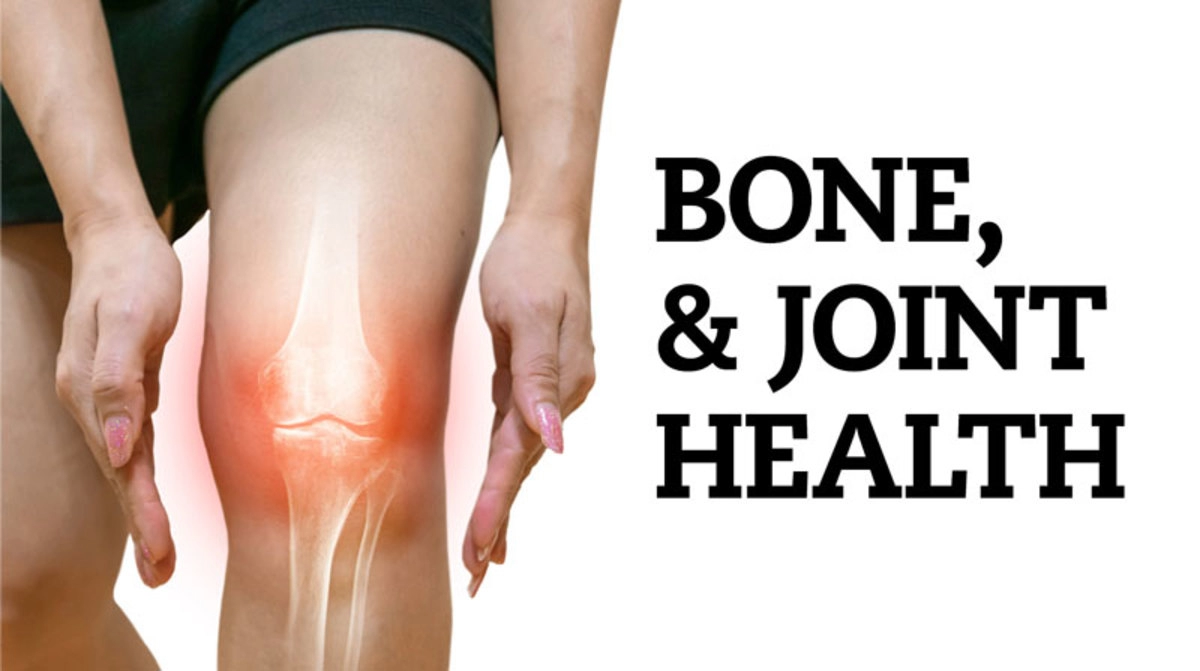How to Keep Joints Healthy?
Have you ever stopped to consider just how dependent your every movement is on those miraculously slippery and cushioned spaces between your bones? Our joints are essential for bodily movement and yet somehow incredibly under-appreciated.
Life without joints is hard to imagine our joints really are crucial to living life as we know it, and caring for them can have a huge impact on how comfortable we feel in our bodies.
Do your joints ever talk to you? Are they especially conversant at certain times of year or after specific types of activities? Maybe your joints seem to pipe up at random, or perhaps they’re more persistently vocal.
Whatever the case you will find some useful strategies for supporting your joints below.And even if your joints are wildly happy at the moment, this resource will provide a number of worthwhile tools to help you ensure that they stay that way.
A Broader Context for the Joints:
In Ayurveda the bones and joints are considered a site of vata in the body—meaning that they have a general affinity for vata, and are particularly prone to vata imbalances.
This reality is only reinforced by the fact that the joints themselves are made up of a lot of empty space—which also corresponds with vata.But the joint spaces are also connected with several different tissues in the body.
Obviously the joints are deeply affected by the quality of the bone tissue (asthi dhatu) but in Ayurveda the joints also share an important connection with the nervous tissue (majja dhatu) and the nervous system as a whole.
In addition healthy joints are lubricated and cushioned by a fatty substance known in Ayurveda as shleshaka kapha (a subtype of kapha) which links the joints to the health of meda dhatu (the adipose tissue, or fat) as well.
What’s more each of these building blocks relies on the process of tissue nutrition which brings us to the role of agni (the metabolic fire) in joint health.
In Ayurveda it is said that strong agni and proper digestion are essential to our overall health and longevity and that every imbalance and disease can generally be traced back to impaired agni and poor digestion.
The joints are no different.Healthy joints and all of the tissues that support their physiology rely on tissue nutrition, which is ultimately a reflection of the health of agni.
If the concept of agni is new to you, you might appreciate reading The Importance of Healthy Digestion An Ayurvedic Guide to Understanding Agni which offers a more thorough introduction and provides a useful context for understanding the topic of joint health.
The symptoms of joint pain include:
The two main types of arthritis:
Osteoarthritis:
The most common type of arthritis, osteoarthritis involves wear-and-tear damage to a joint's cartilage — the hard, slick coating on the ends of bones where they form a joint. Cartilage cushions the ends of the bones and allows nearly frictionless joint motion, but enough damage can result in bone grinding directly on bone, which causes pain and restricted movement. This wear and tear can occur over many years, or it can be hastened by a joint injury or infection.
Osteoarthritis also causes changes in the bones and deterioration of the connective tissues that attach muscle to bone and hold the joint together. If cartilage in a joint is severely damaged, the joint lining may become inflamed and swollen.
Rheumatoid arthritis:
In rheumatoid arthritis, the body's immune system attacks the lining of the joint capsule, a tough membrane that encloses all the joint parts. This lining (synovial membrane) becomes inflamed and swollen. The disease process can eventually destroy cartilage and bone within the joint.
Herbal Support for the Colon:
Because so many joint ailments originate in the colon, the joints are deeply supported by efforts to keep the colon clean.
There are a number of herbs in the Ayurvedic tradition that are very supportive of colon health and that can help keep it clear of imbalances, supporting healthy joints.
The main ingredients in arthriv's are:
Nirgundi:
Nirgundi oil works well to provide relief from pain. It reduces pain and inflammation of the muscles and the joints caused due to injury as well as internal ailments. Nirgundi ras works well to heal fractures too. Ulcers can be treated by consuming nirgundi products as well.
Dashmool:
Dashmool is effective in inflammatory conditions in the body or Vata Rog. Its anti-inflammatory, anti-oxidant, analgesic and sedative properties help cure joint pain.
Methi:
Fenugreek seeds have significant anti-inflammatory and anti-arthritic activities which are due to the presence of linolenic and linoleic acids.
Guduchi:
Promotes Joint Comfort: Guduchi clears accumulated toxins from the joints and strengthens joint tissue, promoting joint comfort and ease of movement. Soothes Irritated Skin: Guduchi's cooling and pitta-balancing properties help relieve skin irritation and promote a healthy, lustrous complexion.


